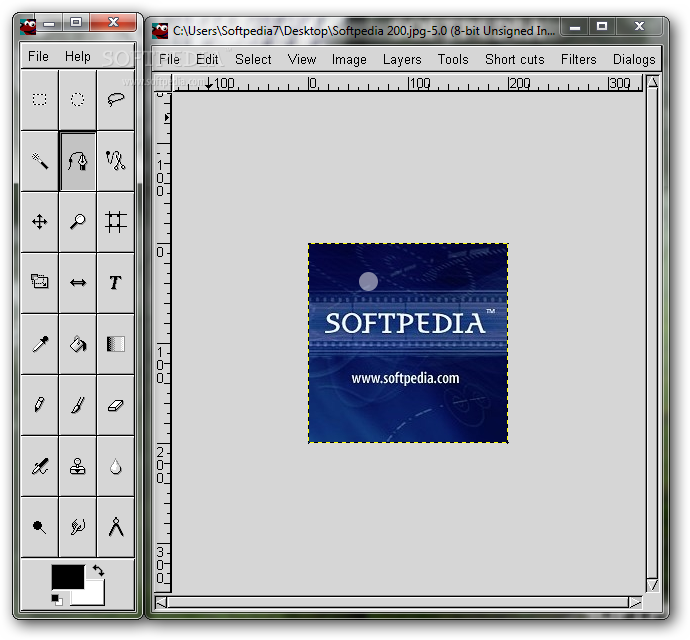

Unfortunate that CinePaint is not useful. I don’t think that’s availble yet? besides, it’s writen from scratch- I imagine not ready for production for quite some time It looks as if it has SSS, really good.īy the way, have you tried “Glasgow”, the new upcoming version of Cinepaint? It all depends on what you need at the time :) Nodal editing allows all sorts of interesting and complex things to take place that wasn’t possible before, but it’s also slower to set up for simple things, and slower to render if you’re mixing lots of materials. It’s only been in CVS a week or so! It’s not really a matter of being cobbled on or supplanting the existing system, but complementing it.

Hope Blenders approach is just WIP, and that the nodes will supplant the old system is a more elegant way.Īnd the nodes are still WIP, especially adding textures etc. I have used XSI’s node editor quite a bit, and completely dig it.

But the last build I tried they were horribly (sorry) cobbled onto the existing materials system, so to add a texture you first need to make a whole new material that has a texture on it, and then mix it with the primary material using nodes. If cinepaint is no good, what are you using for texture painting? Gimp? « Time Traveling-Solved! | New Year Mini Progress Report »ģ9 Responses to “Noodles and CinePainting?” So all the compositing, post processing can be completely taken care of internally in Blender! Recently HDR and EXR output was added, too.

Blender’s feature set – next to the existing material node editor (nicknamed ‘noodles’) – will soon include node based compositing and pass rendering for outputting RGB, alpha, zbuffer, spec, shadow and custom passes. So we’re finally stepping more and more into final render stage! Including lighting, shading, texturing and of course matte painting.
Cinepaint videos professional#
In big effects productions Cinepaint really just useful for wire/dust removal, and maybe backed by a whole team of inhouse developers ) With all the professional compositing solutions around I doubt that this will change in the future. Even for matte painting or textures we generally prefer GIMP since we don’t really have to paint high dynamic range textures and anything else can easily be cheated. The overall response times weren’t that dazzling either.Īs a conclusion, I don’t think that we use Cinepaint for anything more than touching up small render errors.
Cinepaint videos full#
The gauss filter however is inacceptable, it takes hours and hours to blur a full HD image just by 5 pixels (on our dual core/cpu systems). the simple blur filter was pretty useful in that case. The nice side effect of HD colour on blur effects is, that brighter pixels ‘spread out’ more than darker ones. General batch processing tools to make use of filter/layer handling in image sequences were unfortunately missing. Sadly however, some of the vital correction features appeared to be broken though, gamma crashed instantly for me, and colourwheels just messed up all our images completely and generally the results were not reliable to be used in an image sequence. There was no banding, no colour flipping, really nice! First I loaded several exr images and tried to perform simple tasks like colour, exposure and gamma correction, but also blurring, sharpening and several other filters which are generally used in image processing.Ĭinepaint’s capability of editing on a higher dynamic range was instantly evident in a simple curve and level based colour correction. We gave Cinepaint some testruns very early on to test its flexibility and speed with manipulating large high dynamic range images. Now I finally had some time to write about our experience with Cinepaint and it’s place in our project. For loading image sequences Cinepaint uses a simple ‘flipbook’ approach, which is also a major difference from GIMP… but other than that both are (or rather were at some distant point in the past) pretty similar. It’s basically a rather old fork from GIMP with higher bitdepth (32 bits per channel), and export options to high dynamic range image formats such as HDR and OpenEXR. Cinepaint is commonly known as powerful open source tool being used in major film productions.


 0 kommentar(er)
0 kommentar(er)
